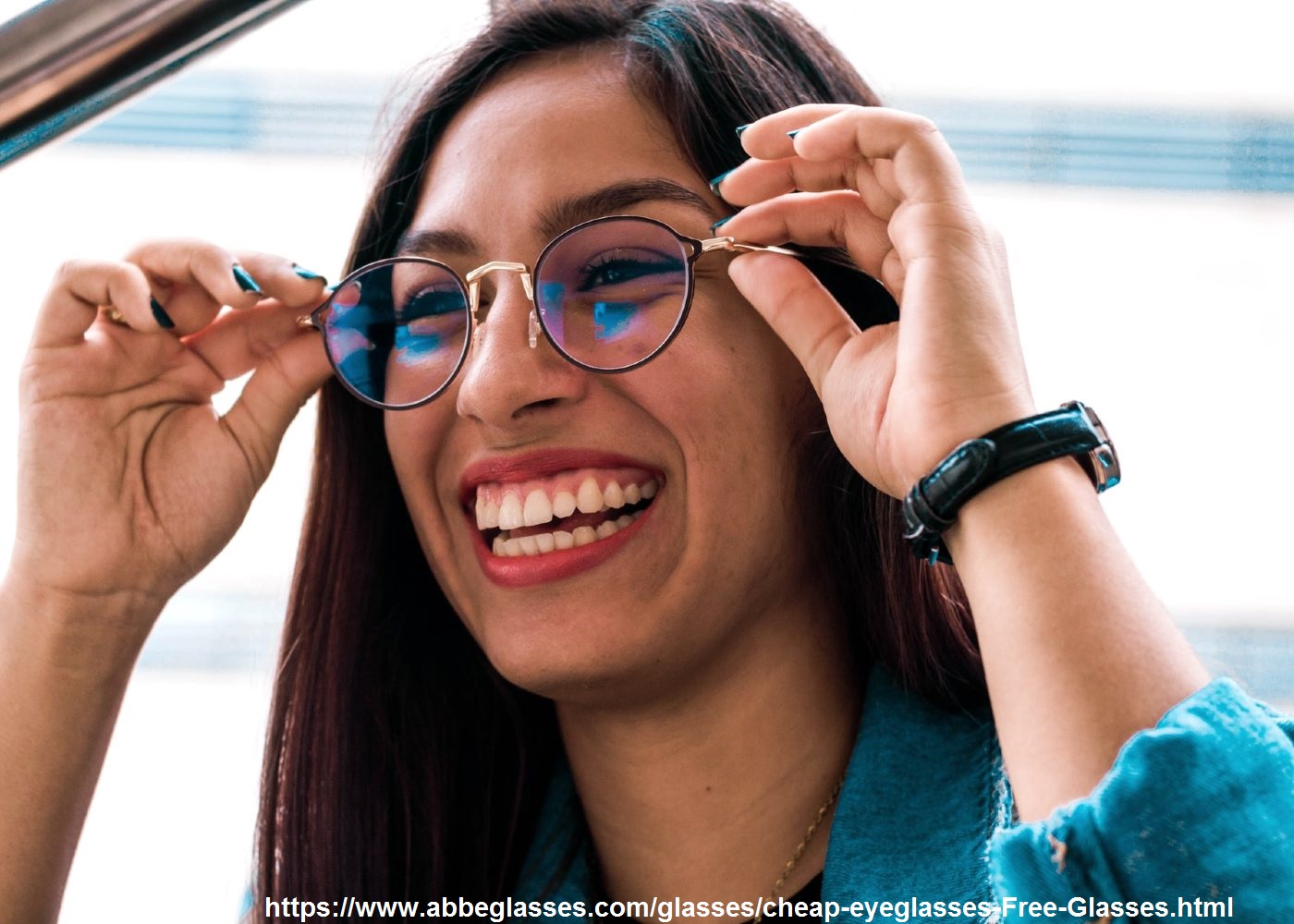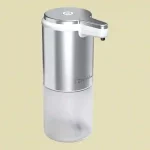Buying Glasses online has its advantages You have a lot further frames to choose from than in your original optician’s office, they frequently bring less, and you can indeed try some on from the comfort of your settee. But as we talk about in our companion to the stylish places to buy glasses online, buying online is not a good choice for everyone. However, for illustration, you may be better off buying glasses in person, if you have a strong or complicated tradition. Ditto if you have befitting issues. Indeed if you do not have special traditional needs or fit problems, buying glasses online can still be parlous.
According to The Vision Council, a nonprofit trade association, further than 150 million American grown-ups wear traditional cheap glasses. Still, this means you can see effects easily only if they’re close to you if you’re shortsighted (a condition called diplopia). In this case, your eye focuses an image at a point in front of your retina, causing it to be vague. People with presbyopia, or vision, have the contrary problem and can see only away effects easily. In this situation, the eye focuses an image behind your retina, also causing blurriness. In either case, putting a twisted lens (either convex or concave) in front of your eye causes the light to refract, or bend, else. This effectively moves where the image focuses, either forward or backward, so that it hits the retina correctly. However, you have a negative tradition, If you ’ ‘re nearsighted. However, those figures are positive, if you’re foresighted.
When an optician fits your eyeglass frames, first they check to see exactly where you’re looking through the lenses, and also they generally mark it on the lens of the frames you try on. This mark indicates where the center of vision should go, which ensures that you’re looking through the exact spot that corrects your focus.
One of the problems with buying glasses online is that you have no optician at your house to assess what part of the lens you’re looking through. Generally, when you order online, the company puts the perpendicular center of vision (as opposed to the vertical center of vision, which is the PD, or pupillary distance) in the geometric center of the lens. One company we estimated for our online- glasses companion, Felix Iris, includes a marker in its at-home pass-on boxes for you to mark the center of your vision on each test lens. When ordering spectacles, you can indicate if you want the company to stay until it gets the try-on frames back so that it can consider your marks when producing your lenses. But other companies do not give a way for you to indicate your perpendicular center of vision. Depending on how your frames fit, the geometric center of the lens may not be the part you’re looking through.
For our online- glasses companion, I took glasses I’d ordered from all six companies we tested toddy. Neil Pence, associate doyen for clinical and patient care services at the Indiana University School of Optometry. He checked them on a lens meter and set up that the conventions were correct in all my lenses. In all cases, still, the online glasses companies had put my center of vision in the geometric center of the lens. Check out where my pupils are in the tone- portrayal above I’m looking through the upper third of the lens, significantly above where my vision is stylishly corrected.
Another test panelist for our glasses companion, strategy editor Ganda also had this problem with the glasses he ordered from Jims and from Wary Parker (neither of which provides a way for you to indicate where your perpendicular center of vision is). In her case, the issue was aggravated by her low nose ground, which causes glasses to sit lower on her face, and a fairly strong tradition (about 7 on both sides). She took her glasses to an optician, who again set up that the vision in both lenses was centered in the middle, well below her line of sight.
For numerous people, this misalignment WO not feel like a significant problem. It’s not a big deal for me since I have enough weak traditions (around 1 in both eyes). But the stronger your tradition, the more likely similar misalignment will bother you. “As a general rule. Still, it’s going to be much further critical that your center of vision be aligned impeccably,” Dry if your tradition is from about 4 or a 4. Neil Pence told me. For Ganda, it was a deal breaker “Everything below eye position looks distorted, making it veritably delicate to wear these glasses without feeling a little cross-eyed,” she said. “I also could not read effects without pushing my head down.”
The illustration above illustrates this effect. At the top is a sampling of a lower-strength tradition lens; at the bottom, an advanced-strength bone. The ultimate lens is generally thicker because it has to correct the image more, which requires that light bends at an advanced degree, Pence explained. Because the lens is thicker at the edges with an advanced tradition, it matters more if you’re looking through a part of the lens that isn’t relatively at the center of vision. The line of sight on the thinner lens, in discrepancy, has an analogous consistency to the center of vision, and thus the difference is less conspicuous.
This is called creating a prism. The thicker the prism, the more it deflects the image, as opposed to passing straight through in the center. So if your glasses are deranged, it WO not blur your vision completely; rather, effects will just look “off,” Pence said.
According to several eye-care professionals I canvassed, whether gaping through deranged lenses will bother you is particular. “Some people are going to be more sensitive to it than others,” said Pence. “So we might have someone who has a tradition of 2, but they cannot tolerate it being deranged.”
Nancy Kirsch of the SUNY College of Optometry agreed. “Some people who have bitsy, little conventions are really critical, and some people who have-10 and-12 are veritably relaxed about what they are looking for,” she told me in a phone interview. The size and shape of the lenses in the frames may make misalignment problems worse, Kirsch said. As may the current trend toward larger frames, which can fluently leave eyes deranged by as important as 7 or 8 millimeters.
As for Ganda’s experience, if she hadn’t gone to the optometrist to have her online glasses checked, she’d not have known the cause of the problem was the tradition incorrect? Was the fit just out? The companies we recommend in our full companion have good return programs, and you should take advantage of them if your glasses are not a good fit for any reason.
Coming time, Ganda is sticking with her original optometrist. “The advice I’d conduct to a friend is if you have a high tradition, or a new tradition, or a delicate-to-fit face, do not buy online.



